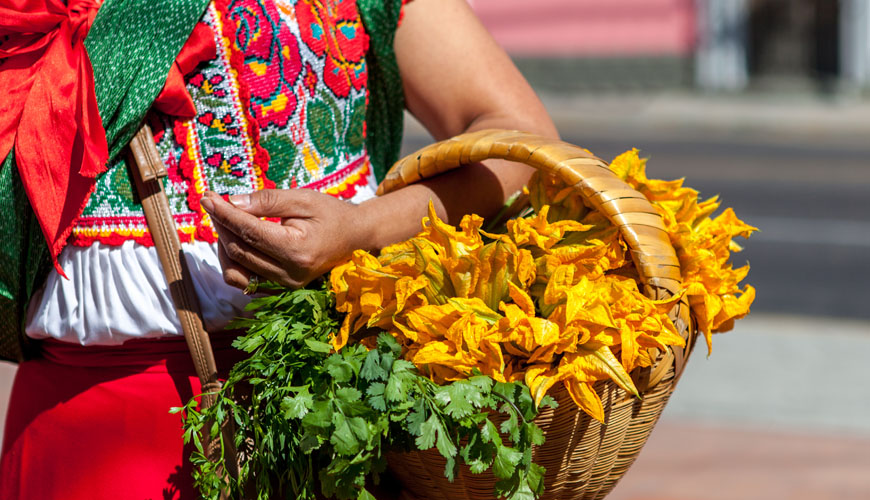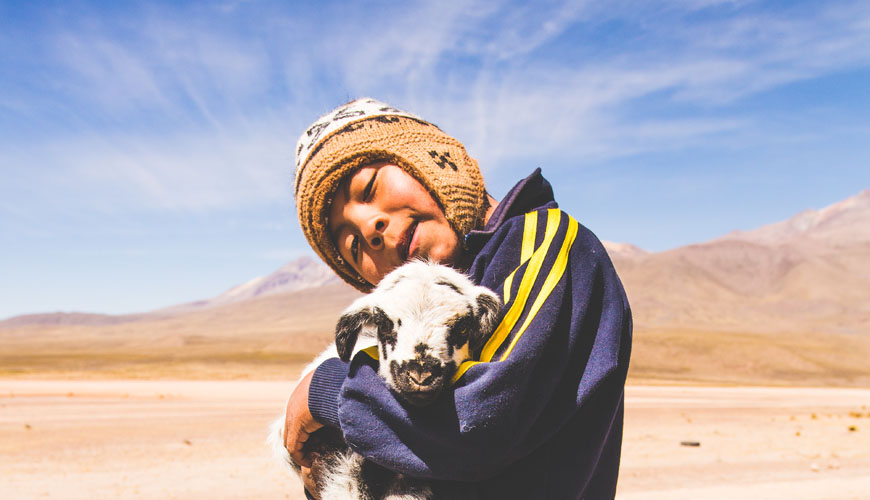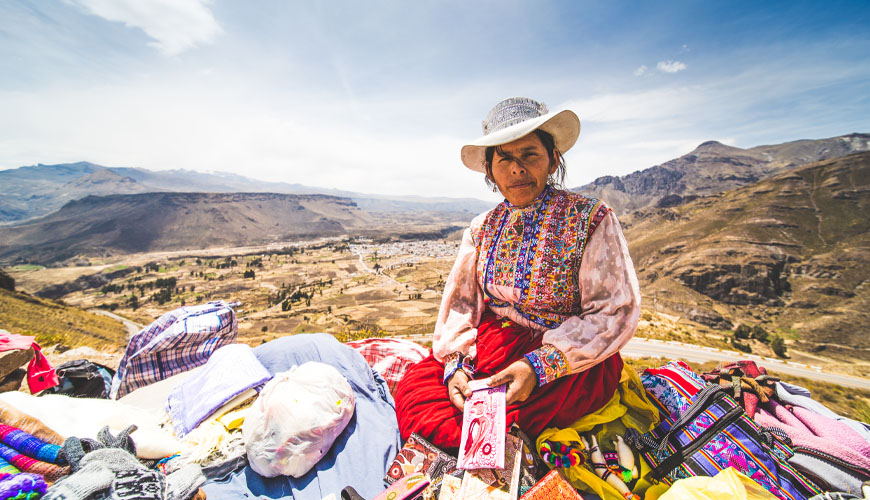
International Literacy Day is an annual opportunity for Governments and civil society to highlight improvements in world literacy rates and come together to reflect on ongoing literacy challenges.
Whilst globally we are moving in the right direction, there are significant challenges for the world’s poorest countries where high illiteracy rates are likely to be a key factor in stalling development. We cannot overlook the importance of ‘Literacy and Multilingualism’ in an ever more globalised world where languages are under threat. From Latin America where indigenous communities are fighting to preserve their lands, ways of life and unique languages, to African regional and tribal tongues losing ground to the colonial lingua franca. In Asia, European colonial languages are out-pacing local ones, we all need to support endangered languages. We thought we’d explore this theme in connection with Latin America and compare a little how different Latin nations work to find a real space to preserve their indigenous languages.
Mexico

Across Mexico around 6% of the population speak at least one indigenous language. The most widely spoken among them is Nahuatl with over 1 million Nahuatl speakers of which 15% are monolingual. The majority of monolingual speakers are women. The Yucatec Maya and Mixtec languages are the second and third most widely spoken indigenous languages in the country.
Mexico is very culturally diverse. A core part of the national identity turns on the idea of ‘mestizaje’ a mixed culture, the main contributors being Indigenous and European. In the early 1920’s, reformers and politicians like José Vasconcelos worked the concept into politics and so the country does embrace both its indigenous communities and European influence.
Even though the Mexican Government strives to preserve the country’s indigenous languages and cultures, many are on the decline and endangered. The Mexican Government recently enacted ‘The Law of Linguistic Rights’ which saw 62 indigneous languages officially recognized as co-official national languages. In spite of these efforts, Mexican society is entrenched in viewing Spanish as the language of education, development and power. Even putting those prejudices aside, in the world of today, young Mexican’s are abandoning their unique linguistic heritage in favour of Spanish, for its obvious global reach and pathway to better career prospects.
Legislation only goes so far, in reality it is a challenge for the country to implement bilingual primary education, not least because the teachers themselves are rarely native speakers of the languages they are being asked to teach.
Mexico’s mix of cultures got you itching to visit? Check out our Mexico tours.
Guatemala
Guatemala has 25 official languages, 22 of which are Mayan, Spanish, of course and Garifuna and Xinca.
Guatemala is a country of opposing forces, with a glittering past where Antigua was the wealthy capital of colonial era Central America. Guatemala was and remains a country with a marginalised indigenous majority population. Guatemala has a long history of state-sponsored violence against its own indigenous community, with things escalating to a genocide during its civil war 1960 – 1996 which saw more than 200,000 indigenous people killed by the military.
There is now a strong focus from the Guatemalan Government and wider global academic and humanitarian community to preserve the country’s indigenous languages and cultures. Like Mexico, Guatemala has a law of National Languages and National Education Law which recognise and promote the use of indigenous languages and states that education must accommodate the multilingual environment and plurality of all indigenous communities in the country.
Sadly, in Guatemala, as things stand at the moment, it all looks good on paper. Very little has changed on the ground to implement multilingual education. Once again school teachers do not master the language and schools are simply not able to adapt to a bilingual teaching system. There is also a lot of ground to cover to change perceptions, some parents see bilingual education as a waste of time. One very good reason to celebrate International Literacy.
Interested in seeing Guatemala for yourself? Take a look at our tours to Guatemala.
Peru
Peru’s diversity topographically, from desert, mountains and tropical rainforest means that it has many distinct cultural subsets with their own language and culture. After Spanish the most widely spoken language is Quechua an Andean indigenous language.
Much like its Latin neighbours, Peru has protection for indigenous languages built into its constitution, albeit after bowing to international pressure bought but the UN Declaration on the Rights of Indigenous Peoples.
Presently, there are not enough bilingual teachers in Peru, but organisations like UNICEF are actively supporting the Peruvian Government in its efforts to provide bilingual education to its indigenous communities, some of which are very rural. A sustained effort will be necessary to see the country fully adopt and embrace this system.
Visit Peru with us! Browse all our Peru tours.
Bolivia
Around 50% of the population of Bolivia have an indigenous language as their mother tongue. Bolivia also has one of the highest numbers of official languages in the world, with the Constitution recognising 39 official languages. The two most common native languages are Quechua and Aymara, both of which are spoken by various groups across the continent. It’s estimated that Aymara has almost 3 million native speakers in the Andes, with some 2 million living in Bolivia. The language was named after the ancient people of the Apurimac region.
As with many indigenous languages, Aymara has slowly been on a decline in recent years, however, the government is attempting to rectify this with intercultural bilingual programs being introduced, including internet courses for those who have access. There is a strong focus to protect the country’s indigenous languages and communities. Bolivia was one of the few countries in Latin America that passed a law directing education of all indigenous speakers, to ensure that those living in hard to reach areas were included.

Been to Bolivia yet? Browse our Bolivia tours.
So why is it important to keep indigenous languages alive?
Language is one of the greatest insights into human diversity. We’ll lose so much of our own story if we lose unique and age-old indigenous languages. It’s not a local fight but a global one, we can engage with the issue, support Indigenous Rights and help preserve language and culture where it is most under threat. Language and culture are the bedrock of what defines us as humans, diversity matters. Let’s do what we can, before it’s too late.


